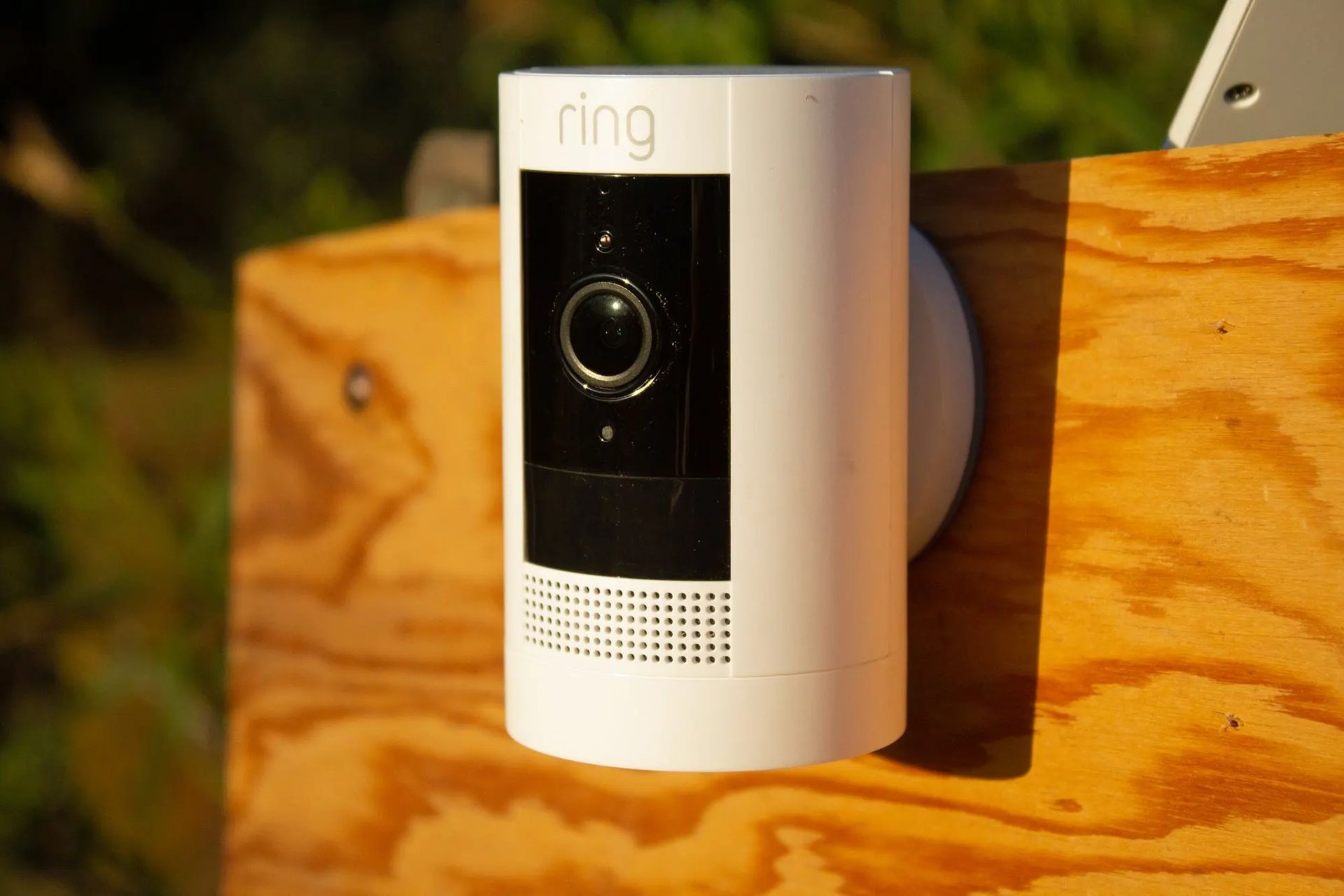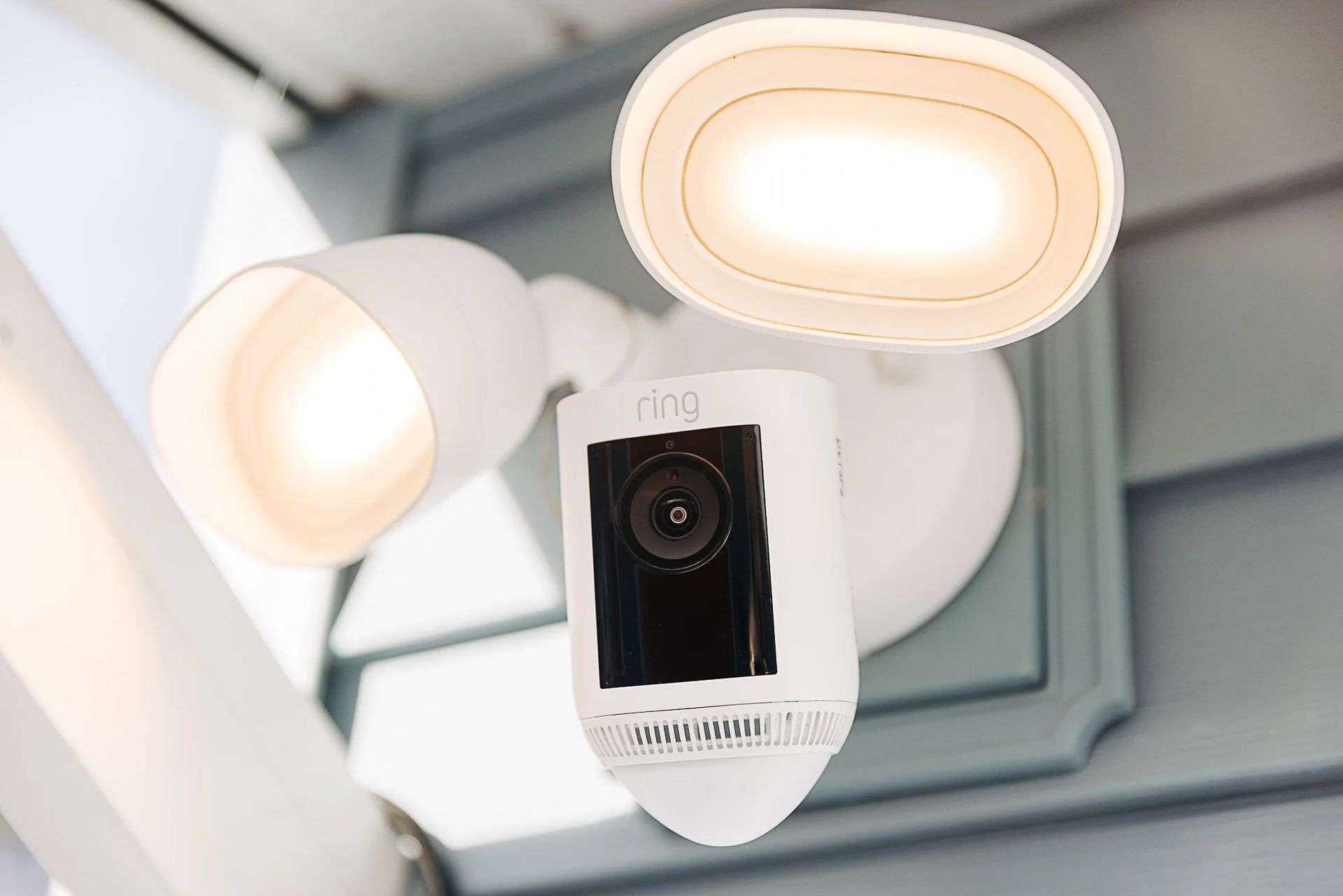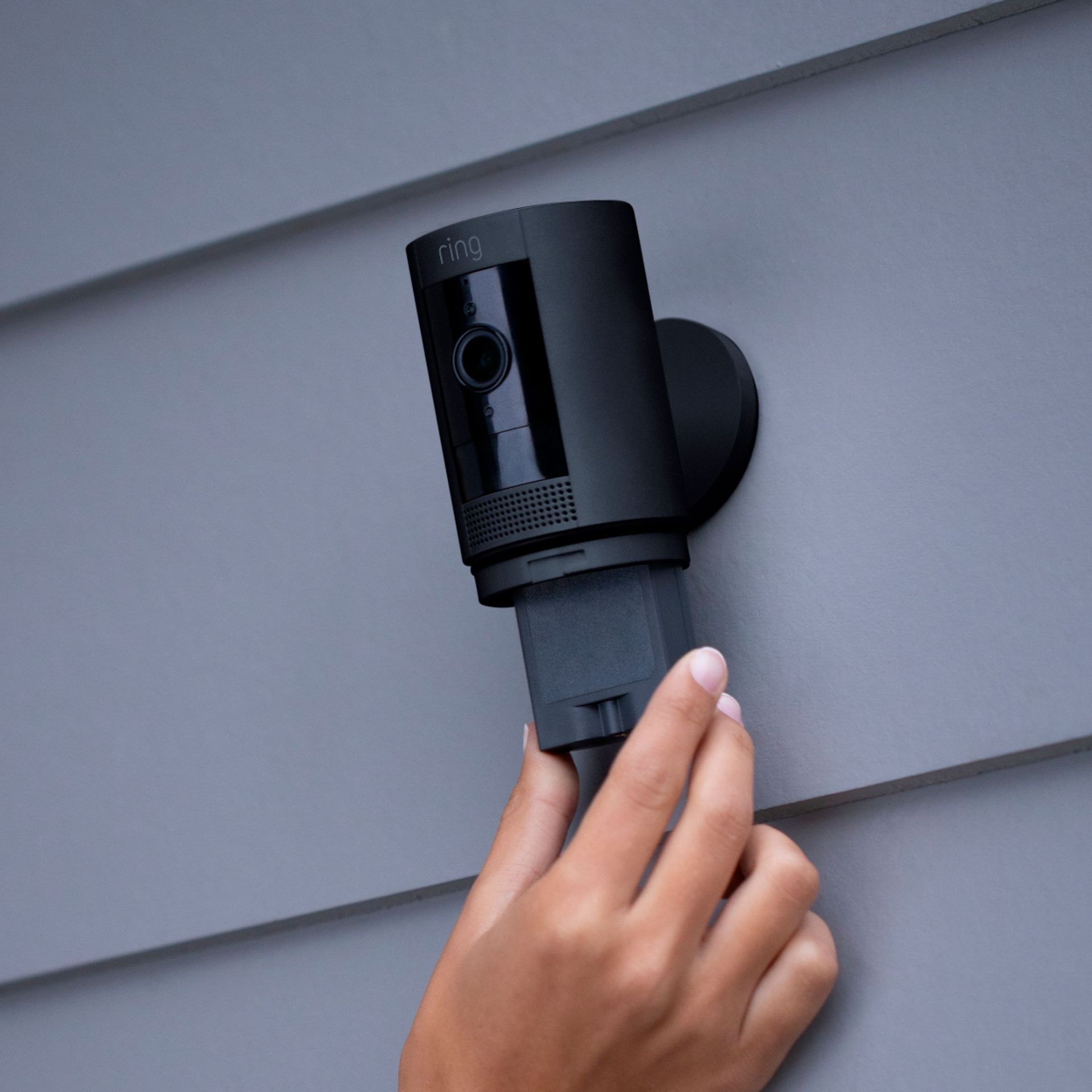We have prepared the Motion Alert vs Motion Warning comparison for Ring users. Although these two features look like the same thing, there is a huge difference between them. Let’s talk about Ring cameras first for our users who are unfamiliar with Ring, and then let’s continue with our Motion Alert vs Motion Warning article.
Ring offers a range of products to help you keep your home and property secure, including Video Doorbells, Security Cameras, Alarm systems, and Smart Lights. These products allow you to monitor your property from anywhere and stay informed about what’s happening.
Ring Video Doorbells and Cameras are designed to send you instant notifications when someone is at your door or a motion is detected. You can keep an eye on what matters most with live HD video and communicate with visitors using Two-Way Talk. If you subscribe to a compatible Ring Protect Plan (or sign up for a free trial), you’ll be able to review, save, and share Ring videos.
Check out the Ring’s official explanation video on Ring camera notifications below.
Ring Alarm systems allow you to monitor the entrances to your home and indoor spaces, as well as detect potential safety hazards. If you enroll in Ring Alarm professional monitoring (with a compatible Ring Protect Plan subscription), emergency responders can be dispatched if your Ring Alarm is triggered. These alarm systems has two main features that needs to be compared with and that’s why we prepared this Motion Alert vs Motion Warning writing.
Not sure about which Ring plan to choose? Check the Ring plans from their official site using the link here.
Motion Alert and Motion Warning are terms used in security systems, specifically in surveillance cameras and alarm systems. They are used to notify the user of any activity or movement detected by the system. These alerts can help keep you informed and protected, and it is important to understand the difference between them.
Motion Alert vs Motion Warning
With Ring, you can feel like you’re at home even when you’re not. Whether you’re traveling or simply busy with other things, Ring provides peace of mind and helps you keep your home and property secure thanks to its Motion Alert and Motion Warning features. The difference between those two systems can be understood by a Motion Alert vs Motion Warning comparison.
What does Motion Alert in Ring mean?
A Motion Alert is a notification that is triggered when motion is detected by the system. This alert can be in the form of a sound, message, or visual indicator, and is used to notify the user that movement has been detected. For example, the Ring surveillance camera may send a Motion Alert to your smartphone when it detects movement in its field of view. This type of alert is often used as a way to monitor activity and keep the user informed of what is happening.

What does Motion Warning in Ring mean?
A Motion Warning, on the other hand, is similar to a Motion Alert, but it often has a more serious connotation, implying that there is an imminent threat or danger. A Motion Warning may include additional steps such as sounding an alarm or triggering a security response. For example, if a motion sensor is set up in a secure area, a Motion Warning may be triggered if the sensor detects unauthorized movement. This type of warning is used to alert the user that there is an immediate threat, and that action needs to be taken.
In conclusion, a Motion Alert is a notification of motion detection, while a Motion Warning implies a higher level of urgency and potential danger. Understanding the difference between these two alerts can help you make the most of your security system and keep you informed and protected.

Does Ring only record when motion is detected?
Now that we’ve concluded our Motion Alert vs Motion Warning comparison, let’s talk a little more about Ring cameras.
Ring cameras primarily record when motion is detected, but some models also offer the option to continuously record or record based on a schedule. The specific recording options available depend on the Ring camera model and your Ring Protect Plan subscription. For example, with a Ring Protect Basic Plan, you can review and save up to 60 days of video recorded by your Ring cameras and doorbells, while with a Ring Protect Plus Plan, you can save an unlimited amount of video and take advantage of other premium features.
How far away can a Ring camera detect motion?
As we mentioned in the Motion Alert vs Motion Warning comparison, both features work when a stranger is at your door. So how far can Ring cameras record?
The range of motion detection for Ring cameras can vary based on factors such as the camera model and the environment in which it’s placed. However, most Ring cameras have a motion detection range of approximately 30 feet. Keep in mind that other factors such as lighting conditions, camera placement, and objects in the camera’s field of view can impact motion detection range.

How does the ADT motion sensor work in Ring cameras?
ADT motion sensors work by using passive infrared (PIR) technology to detect motion within a defined area. The sensor contains a lens that focuses infrared energy (heat) from moving objects in the sensor’s field of view onto a detector, which converts the infrared energy into an electrical signal. If the signal exceeds a certain level, it triggers the motion sensor to send an alarm signal to the ADT security system. This helps to detect any unwanted motion or activity within the monitored area and alerts the homeowner or ADT monitoring center. ADT motion sensors are commonly used as part of a home security system and can be placed in key areas such as hallways, stairways, and other high-traffic areas.
Our Motion Alert vs Motion Warning comparison article ends here. We hope we have explained the difference between these two well enough. While Ring is protecting our home, our reliable friend in our pocket, Apple devices are introduced with the security keys feature for Apple ID.





